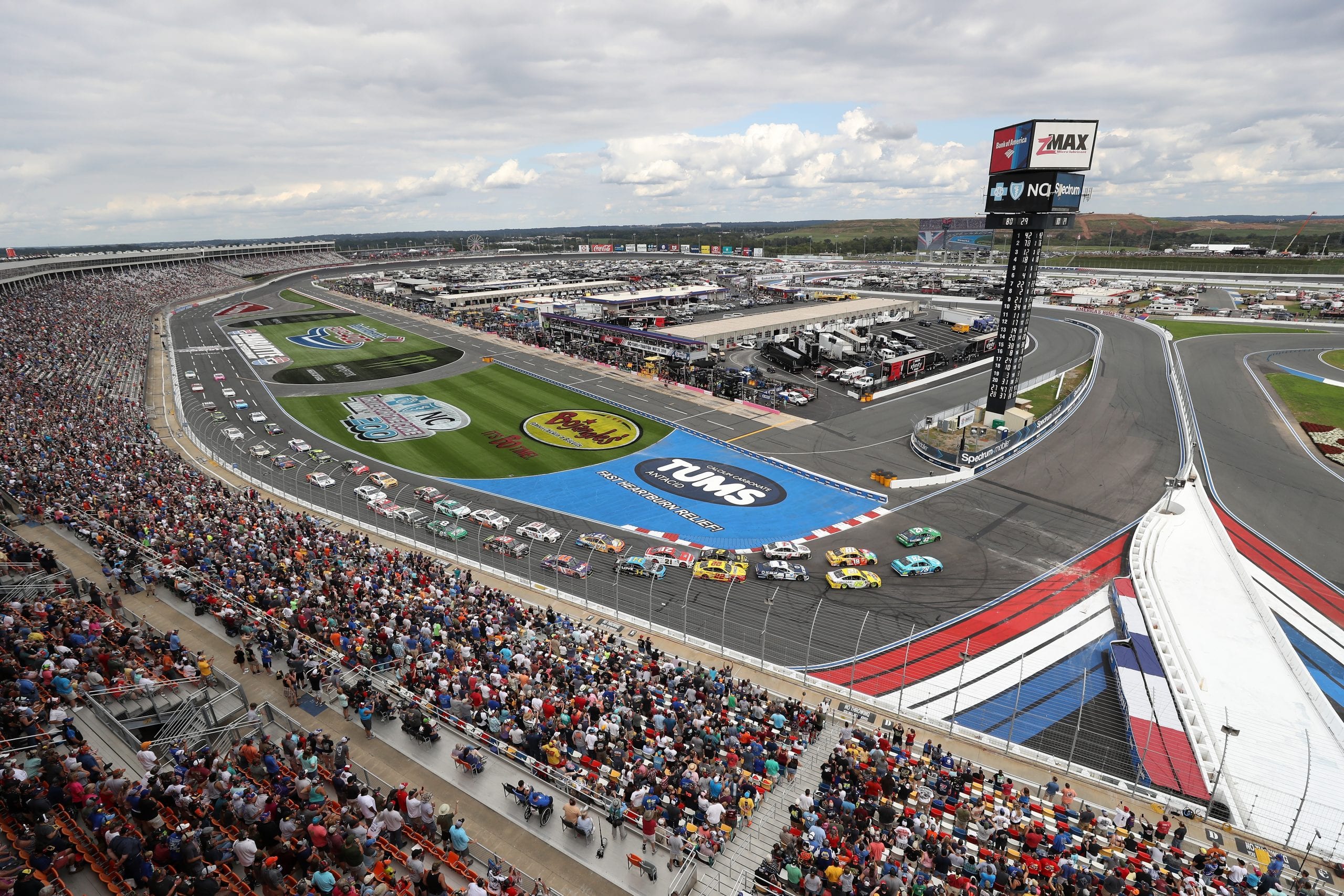2023 Bank of America Roval 400 at Charlotte Motor Speedway Road Course
Front Runners highlights the drivers that lead laps, run fast laps, and run inside the top 10, 5, & 3 the most at correlated track types.
Although we don’t have the final 2024 schedule yet, it sounds like this will be the last year that NASCAR runs an event on the Roval at Charlotte Motor Speedway. The Roval is a 2.28-mile track that utilizes the banked turns of the 1.5-mile oval and mixes in a loop around the infield.
A couple of interesting trends or notes that I think folks should be aware of:
- Tyler Reddick has been incredibly consistent in qualifying. He hasn’t won the pole at any of the road courses in 2023 but he has by far the best average start position at 3.2. That’s over 3 spots better than the next best, Daniel Suarez at 6.8.
- The flip side of Reddick’s strong qualifying is Kevin Harvick’s atrocious qualifying. He has an average starting position of 31.2. He does however have a series best improvement of 11.8 spots from start to finish, giving him an average finish of 19.4.
- Denny Hamlin has won the pole three times in five races at road/street courses this year, but he only has 44 laps led, 33 of which came at Sonoma.
- Don’t Sleep On: Austin Dillon. No one has had worse luck at road courses than Austin Dillon. Despite having an average running position of 16.46, he has an average finish over 10.5 spots worse at 27.0.
The charts below are sorted by percentage of laps led by default. There are also a few more columns that you can choose to display but for ease of display those columns are hidden by default. First, some notes on the data:
- How percentages are calculated:
- For laps in the Top 10, 5, 3, and led, the calculation is laps that driver completed in those positions divided by laps that driver has completed.
- For fastest laps the calculation is fast laps recorded by the driver divided by all fast laps in the data set. Unfortunately its just super complicated to calculate how many fast laps were available while the driver was still running.
- For laps run the calculation is laps completed by the driver divided by all laps possible in the data set.
- Average running position is weighted by how much of a race the driver completed. So a driver completing 50% of one race with an average running position of 5 and 100% of a second race with an average running position of 15, will have a calculated average running position of 11.67, not 10, because the second race has twice as much weight.
- Fin-Start takes the average finishing position of a driver and subtracts the driver’s average starting position from it. Negative numbers mean a driver has improved from the start, positive numbers mean the driver’s finishing position is worse than their starting position.
- Fin-ARP take the the average finishing position of a driver and subtracts the driver’s average running position from it. As with Fin-Start, negative numbers show finishes better than average running position, while positive numbers show finishes worse than the driver’s average running position. In effect, positive numbers mean a driver has been unlucky, negative numbers mean a driver has been lukcy.
Laps run inside the Top 10, 5, 3, and led as percentage laps driver completed at Road and Street Courses in 2023
* Austin Hill has not made a road/street course start in the Cup Series, so he is omitted from these charts.

